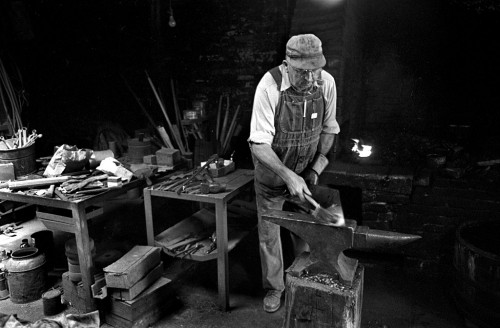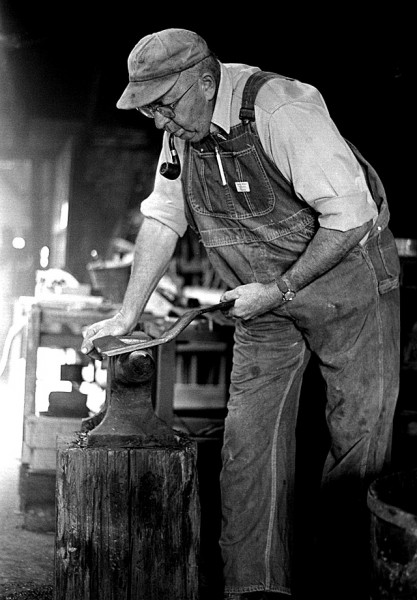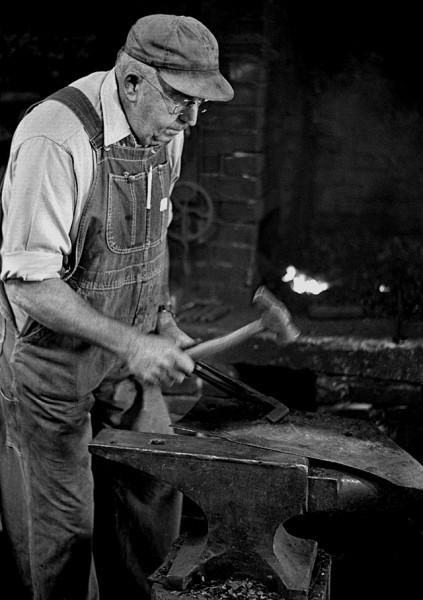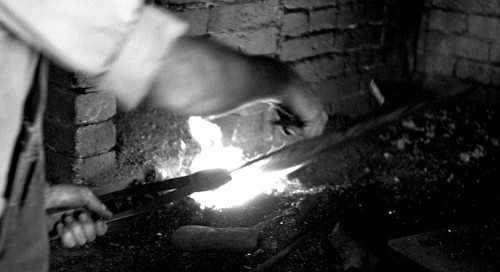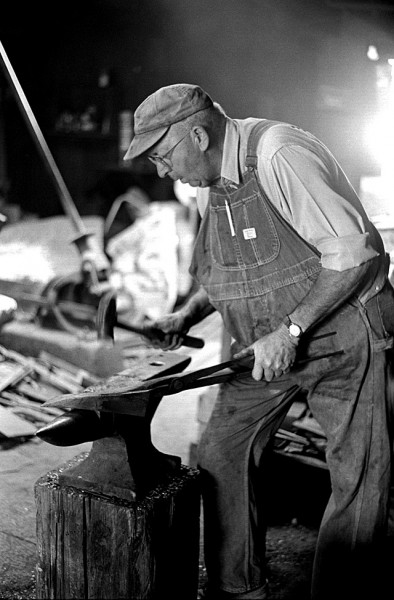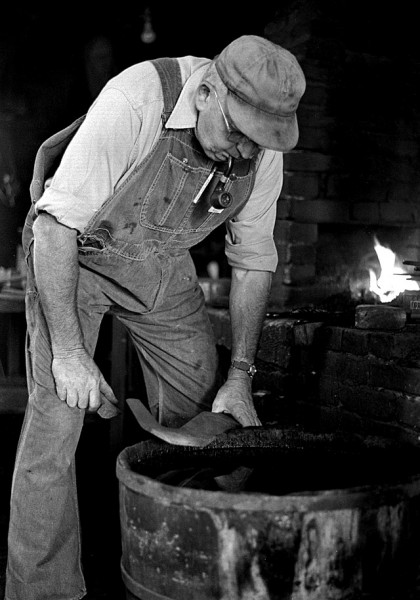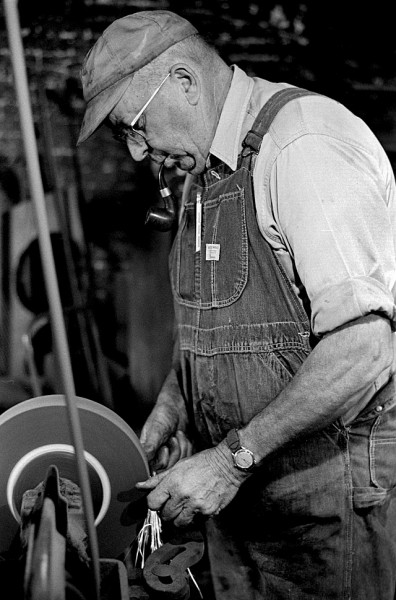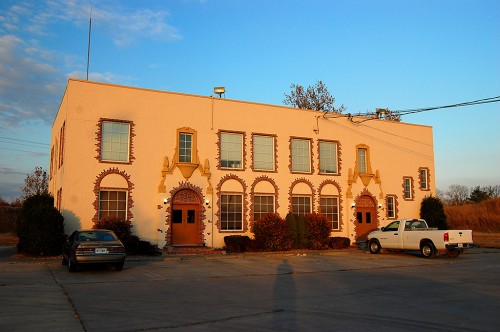 A story in the Nov. 29, 1926, Missourian said “High officials of the Marquette Cement Manufacturing Company and affiliated corporations, have arrived in Cape Girardeau for the dedication late today of the new $50,000 office building near the plant in South Cape Girardeau. The new building, one of the most ornate and substantial in Cape Girardeau, has been completed and is ready for occupation.”
A story in the Nov. 29, 1926, Missourian said “High officials of the Marquette Cement Manufacturing Company and affiliated corporations, have arrived in Cape Girardeau for the dedication late today of the new $50,000 office building near the plant in South Cape Girardeau. The new building, one of the most ornate and substantial in Cape Girardeau, has been completed and is ready for occupation.”
Although the late afternoon sun makes the color much warmer than it really is, the building looks like it has been well-maintained. It IS ornate.
Abandoned oxbows of Cape LaCroix Creek
 A view from atop the cement plant shows the headquarters building sitting near oxbows of Cape LaCroix Creek from the days when it used to join the Mississippi River close to the Diversion Channel instead of its present course north of the plant and south of what used to be Smelterville.
A view from atop the cement plant shows the headquarters building sitting near oxbows of Cape LaCroix Creek from the days when it used to join the Mississippi River close to the Diversion Channel instead of its present course north of the plant and south of what used to be Smelterville.
Other stories that day
 I can’t just read what I was looking for. I always get sucked into reading the stories around my target. Here’s what else was being written about on Nov. 29, 1926.
I can’t just read what I was looking for. I always get sucked into reading the stories around my target. Here’s what else was being written about on Nov. 29, 1926.
- Bandit with mask and gun holds up the Kelso filling station on South Sprigg and makes off with $71 after forcing attendant Ray Ward into a closet and telling him, “Stay there for five minutes or I’ll blow your head off.”
- Will Rogers not comfortable with his Louisville automobile ride when it hits 60 miles per hour: “Say, we might all get killed.”
- KMOX in St. Louis to feature organ selections by William Shivelbine, the New Broadway Theater organist, and vocal selections by Dr. Jean Ruff, the Cape Girardeau baritone. The address on “Cape Girardeau,” to have been made by Julien Friant, “will not begiven, the time not being sufficient.”
- Ernest Wagner, 68, a blacksmith put out of business by the automobile, died.
- Two marriage licenses not returned to recorder (on the front page, with names, no less).
- King Solomon takes 40th wife. Says it’s his last wedding, “since this was really and truly a love match.”
- C. Hale, telegraph operator at Glenallen, writes The Missourian that he was not responsible for the error in a telegram which came here, which due to the transposition of the word “mother” and “motor” caused friends to believe Mrs. Max Weilputez had been drowned. It will be recalled that the message as received here said, “mother drowned,” but should have said “motor drowned.”
- Geraldine Wilson secretly married to school teacher: Miss Geraldine Wilson, daughter of Mr. and Mrs. Orren Wilson, 1325 Broadway, was married secretly to Frank Jones of Whitewater Sunday. According to Mrs. Wilson, mother of Geraldine, the ceremony took place in an Illinois town and was a complete surprise to her and Mr. Wilson. Mrs. Jones had attended College High School and was a senior at Central this year and would have graduated in voice in the spring. Mr. Jones has attended Teachers College here and is now teaching at Round Pond School near Allenville.

